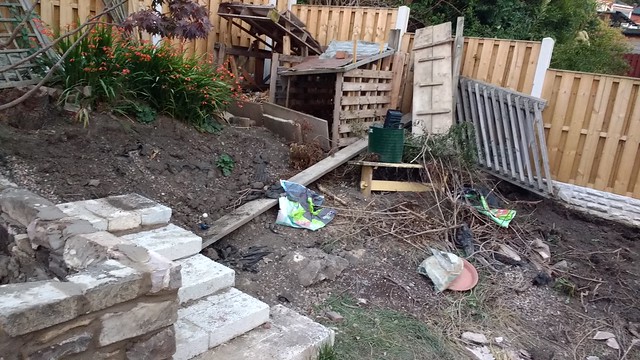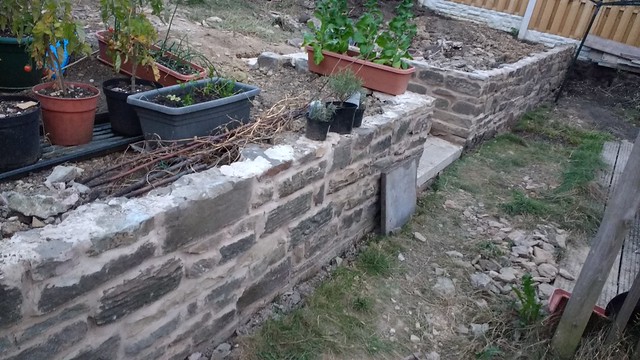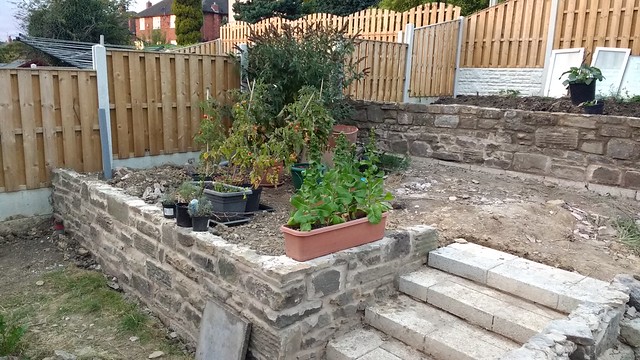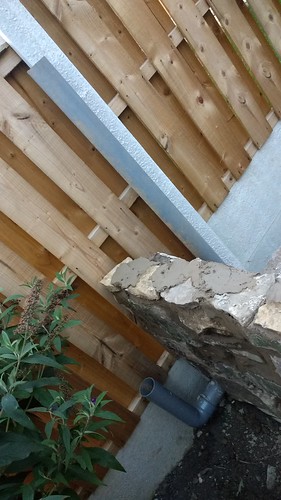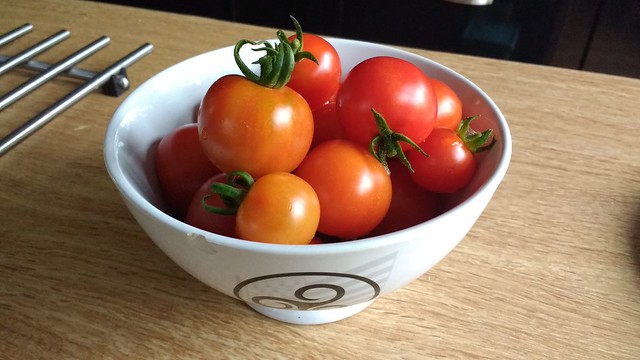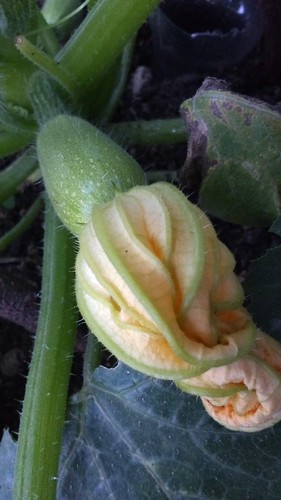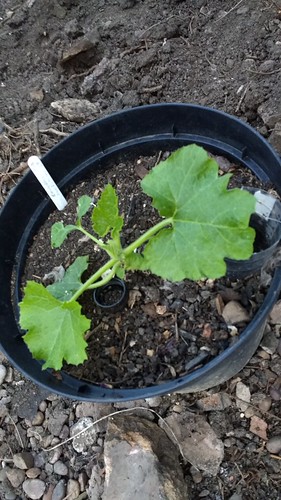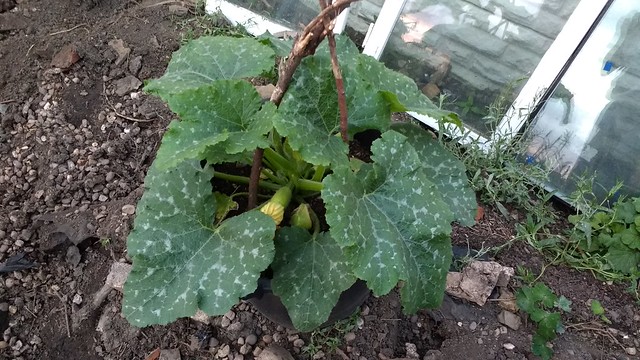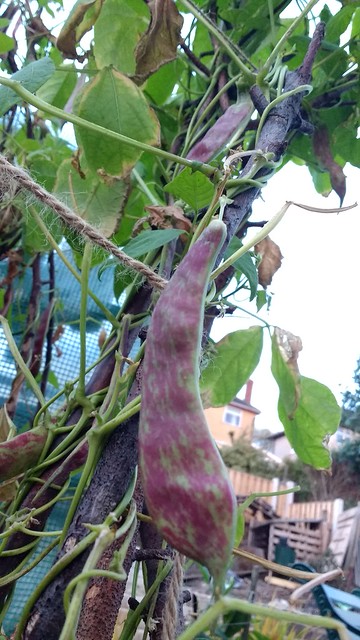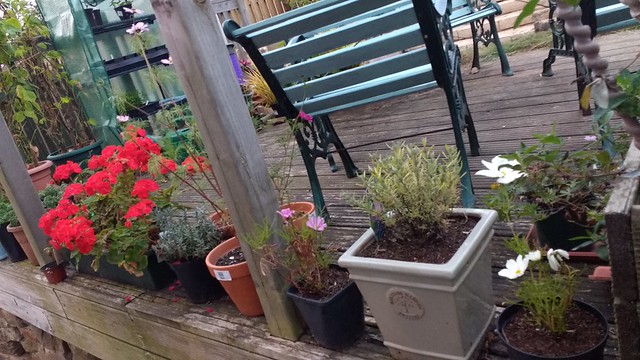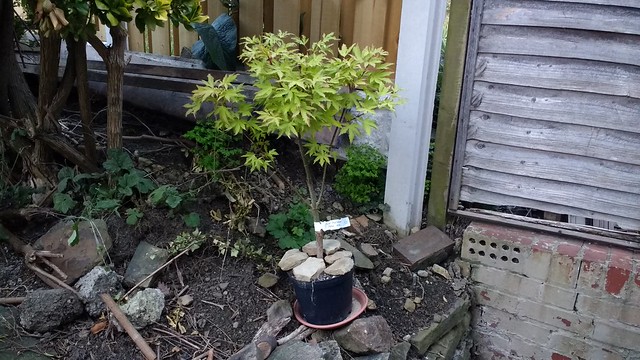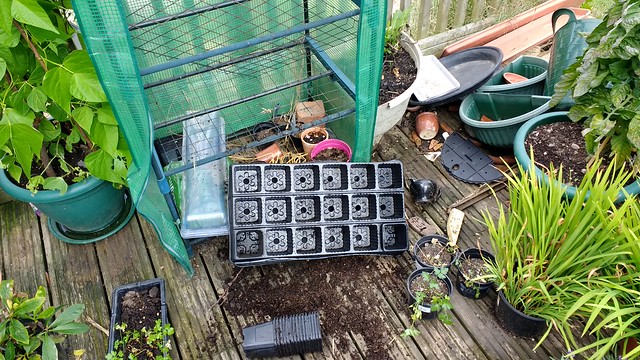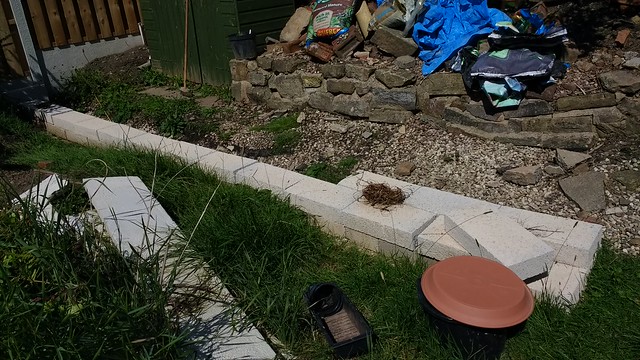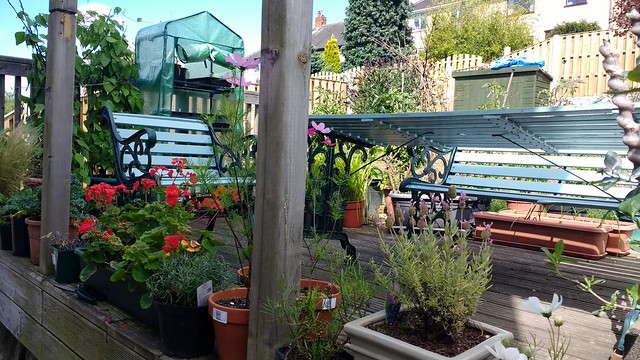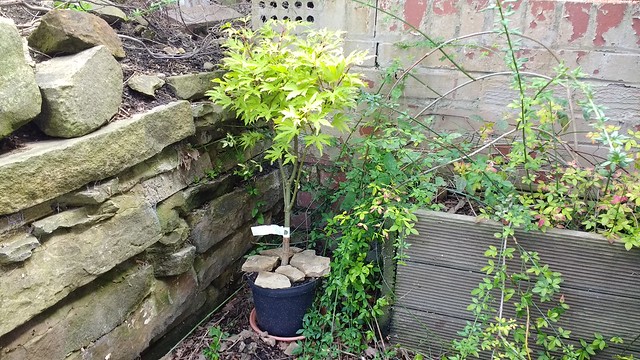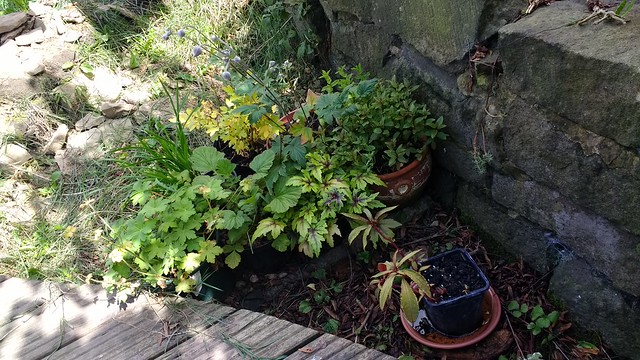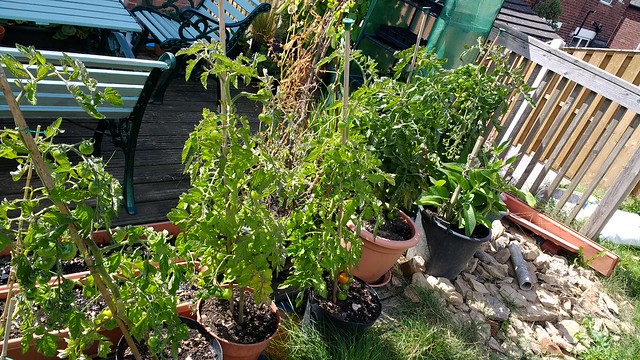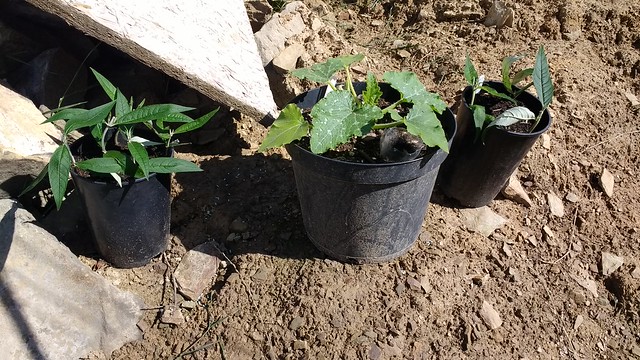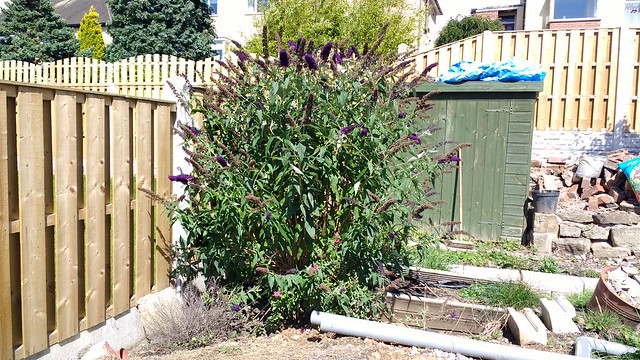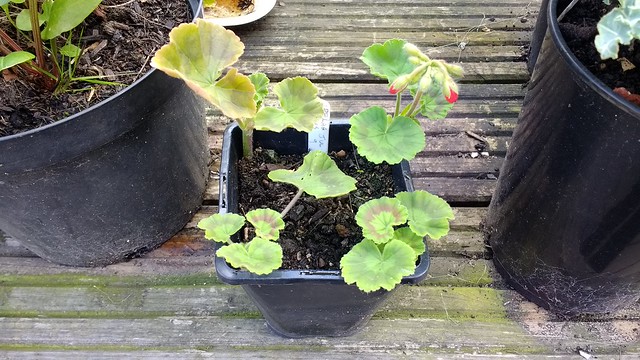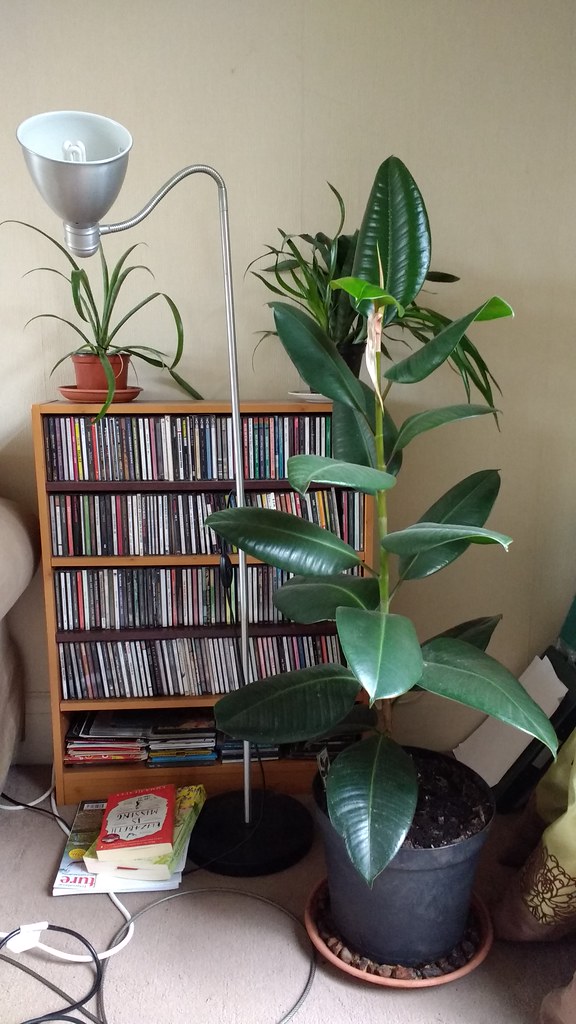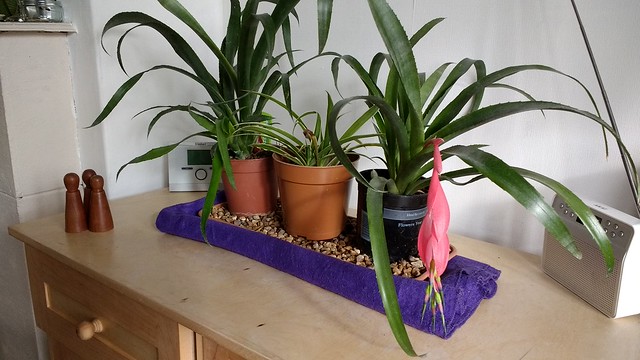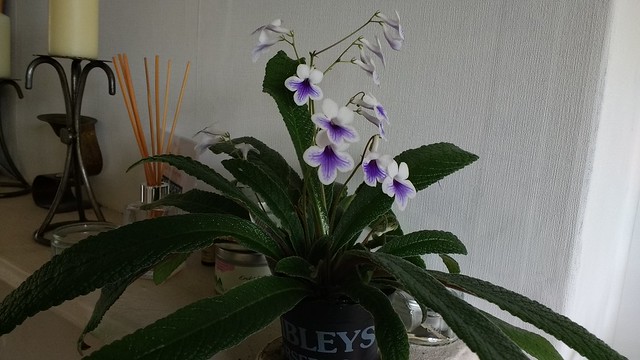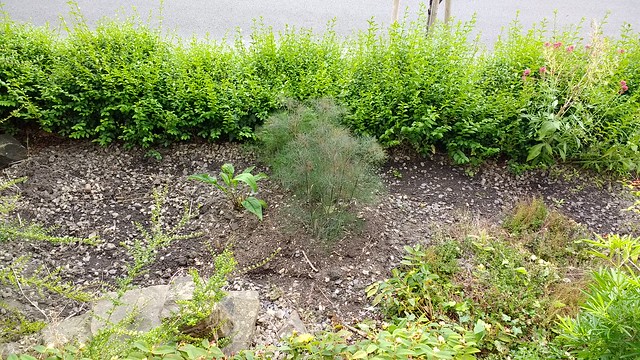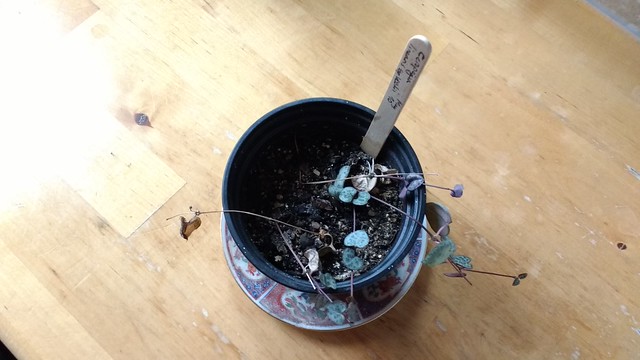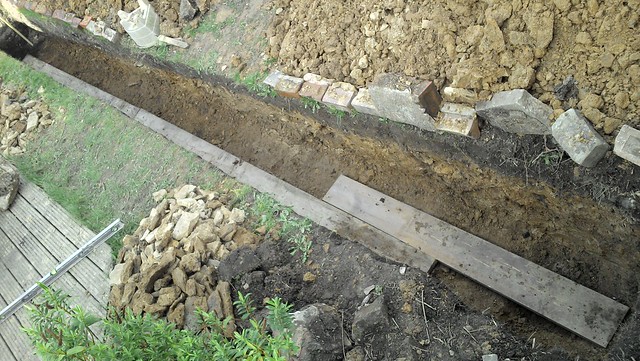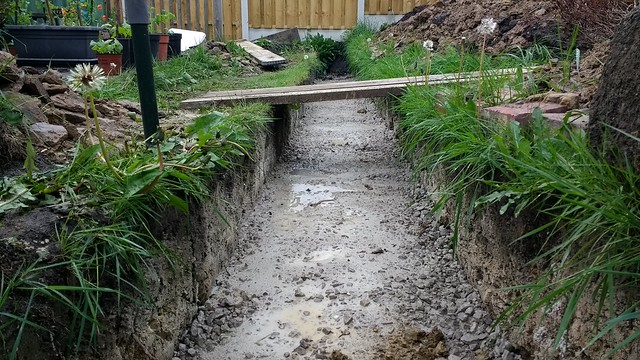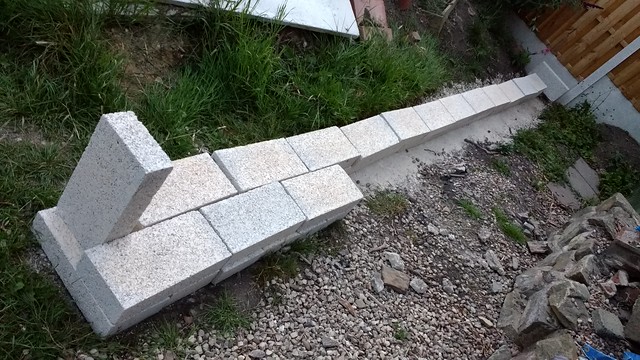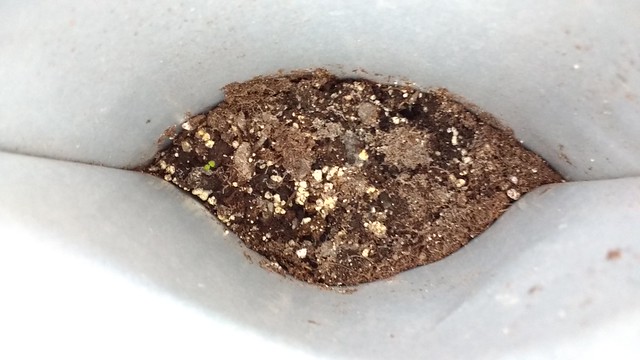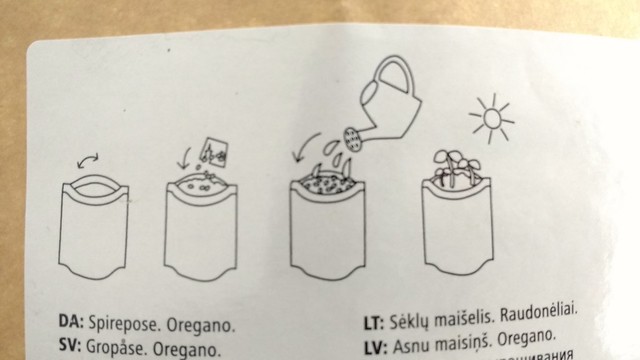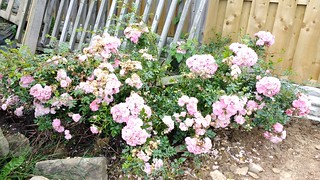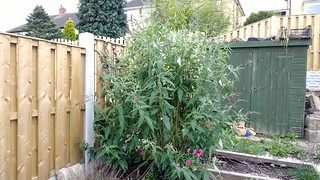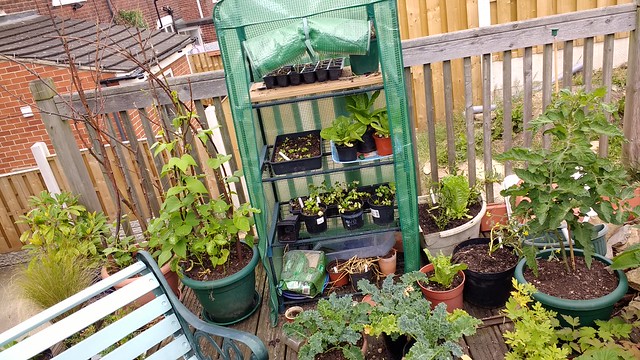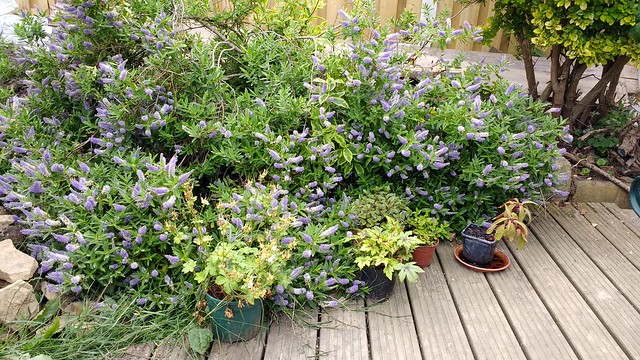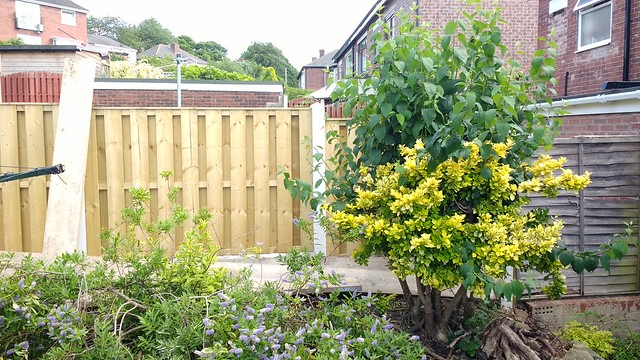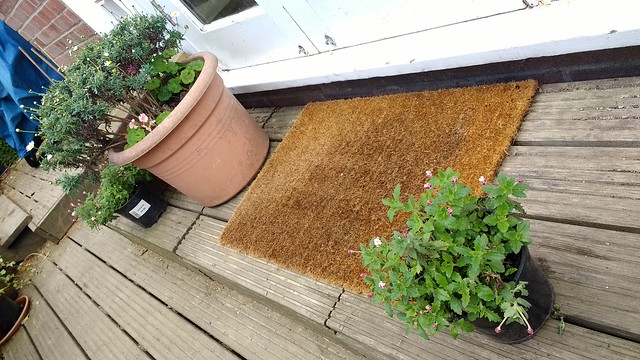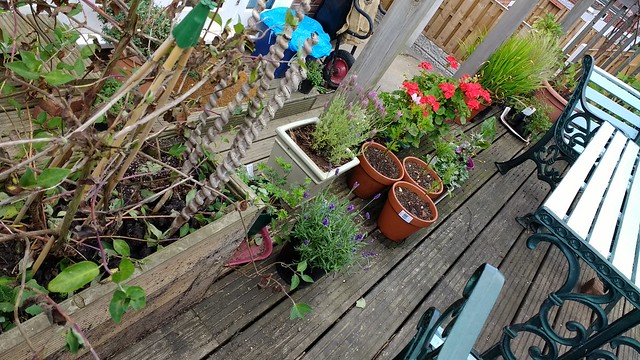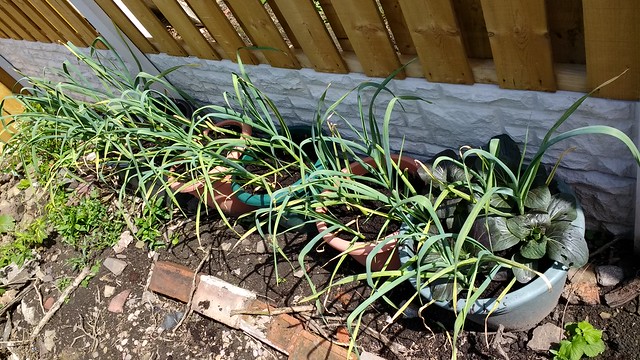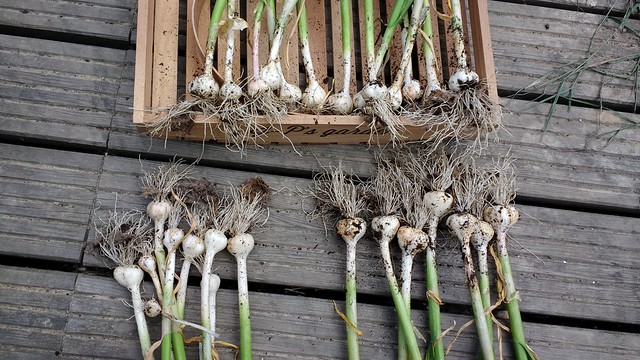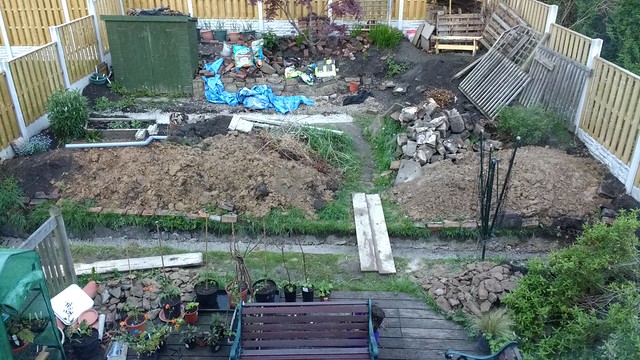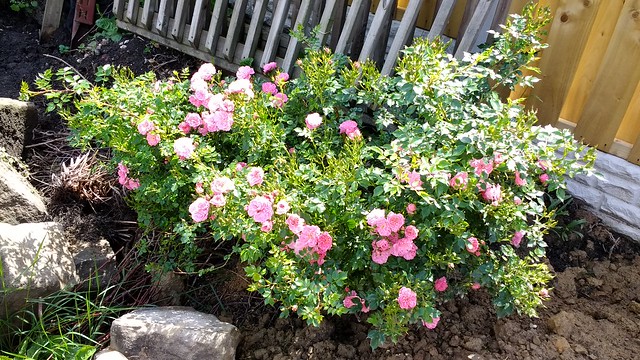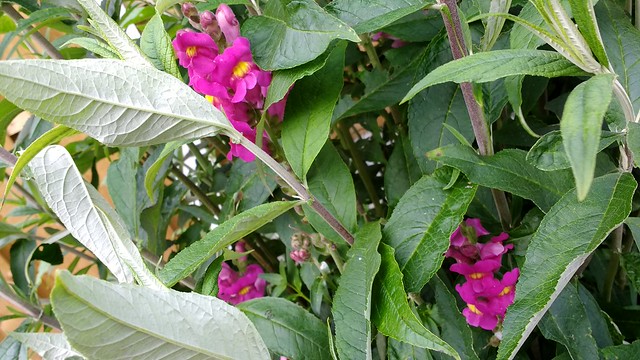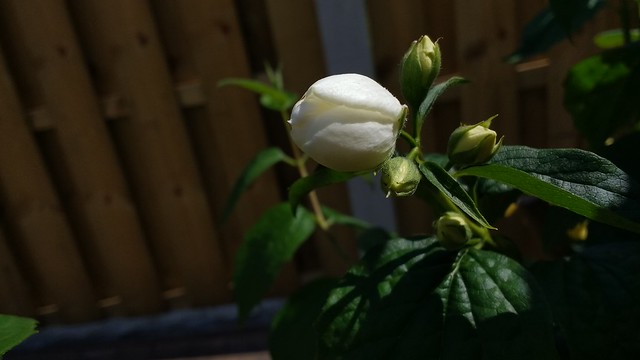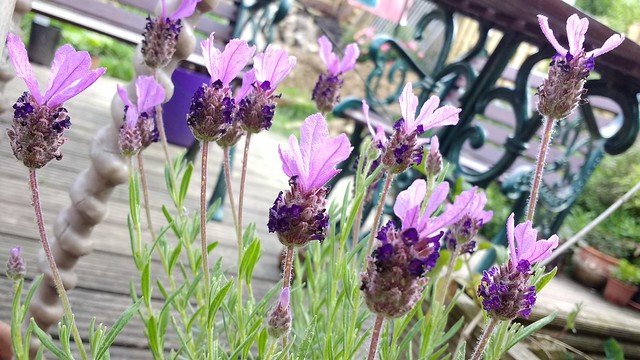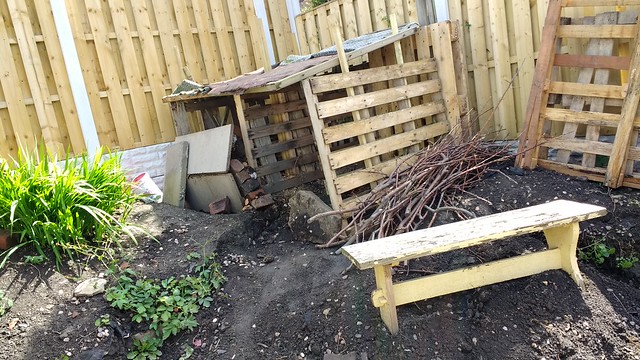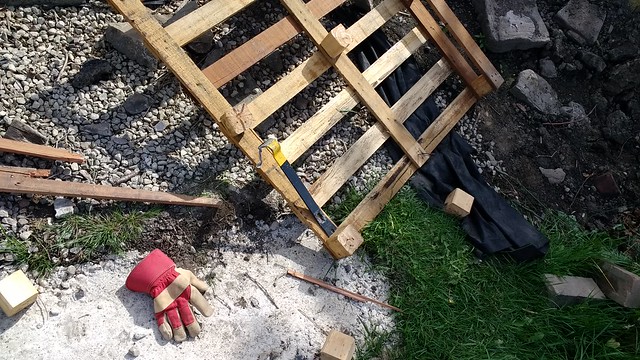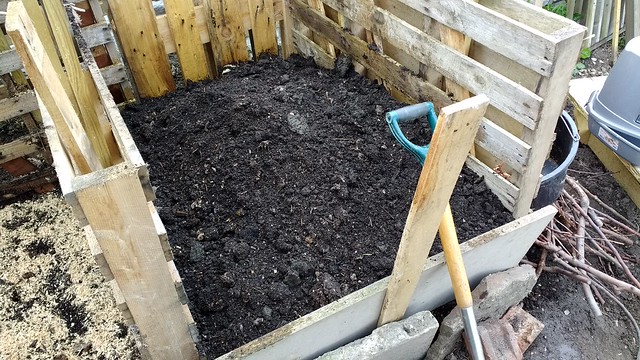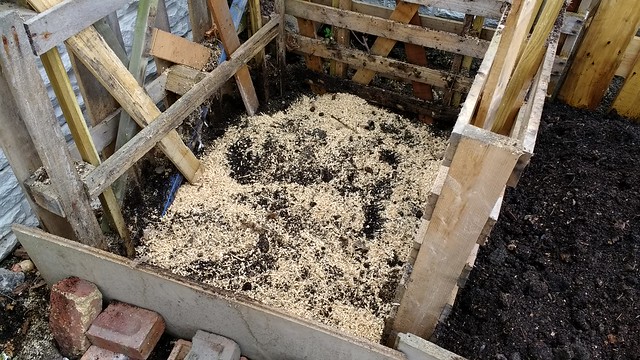My friends from Gwenfar’s Garden very kindly bought me entrance into the first ever RHS Chatsworth flower show last week, as a birthday present. We went on the Saturday, which was rainy and boggy, but in between the mudpits there were still some amazing things to see.
Better bloggers than I have already reviewed the show:
- Alison Levey at the Blackberry Garden made it on press day (curtailed by the rain) but went back the next day to especially have a look around the show gardens and art gardens.
- Rambling in the Garden mentions the traffic and crowd problems, and how much harder it is to appreciate gardens when their view is restricted by crowds and limited access, when you can instead sit at home and watch every detail on TV.
- Sarah Shoesmith at The Gardening Shoe focuses on colour trends and plants, and also the more experimental art gardens.
What is there to add to these great blogposts, especially at so late a date? What could possibly attract the attention of a readership, already sate from the courses above and scarcely hungry for more?
How about… some praise, some pictures, and some complaining? Wait! Come back!
What was good
Floral marquees
The two marquees were both amazing, with an incredibly high standard of exhibitor/seller. These Lavender stoechas “Strawberry Ruffles” and L. angustifolium “Hidcote” were both part of some amazing displays right by the entrance, including topiary:
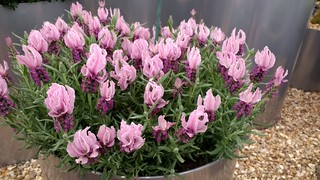

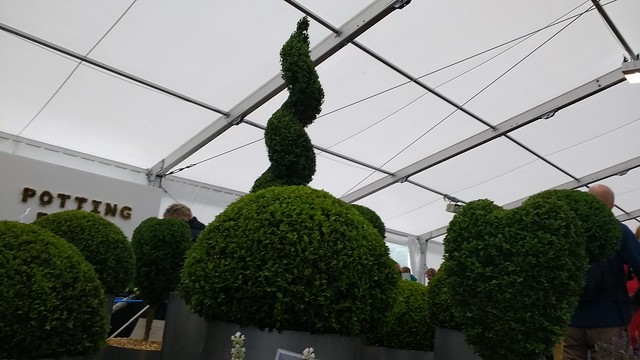
This Iris germanica “Darley Dale” from the English Iris Company made me lick my lips:

Without a map (see much later) I can’t tell you which stall these remarkable alliums were on:

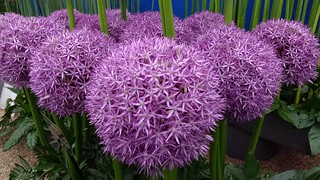
Nor this remarkable floral display:
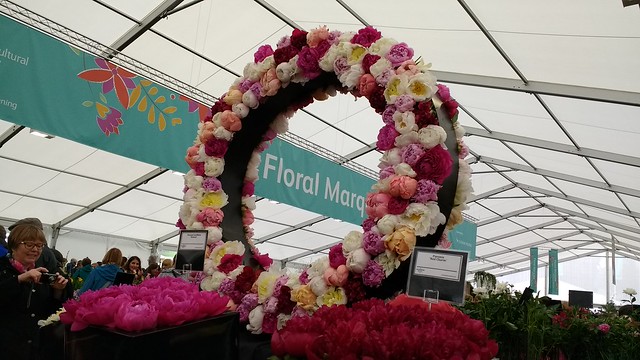
This Acer palmatum “Deshojo” was part of “the bonsai stall” and its amazing, calming display:
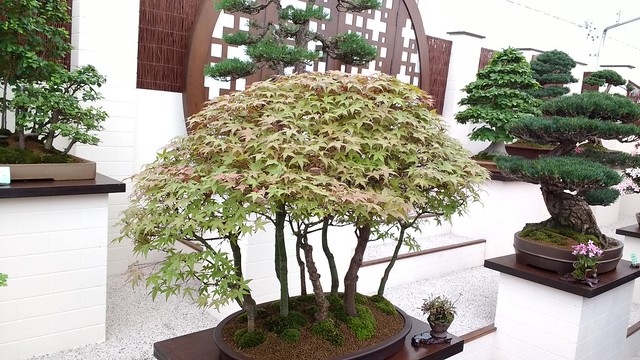
Among other purchases, we bought: Lamium “Red Nancy”, I thought from Hare Spring Cottage:
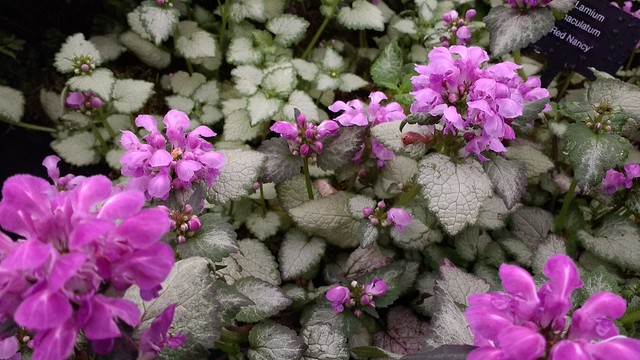
But I don’t see it in their plant lists!
We got an Acer from Hippopottering; not this A. palmatum “Summer Gold” on their rich, verdant display:

But an “Anne Irene” which is now resting in a corner of the garden.
From Dibley’s we bought two (more) Streptocarpus; “Caitlin”:
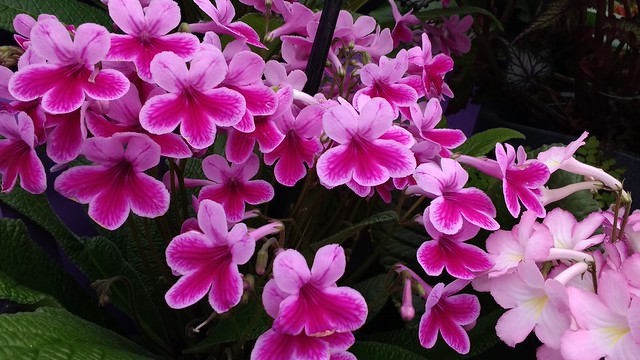
but at the last minute, decided against “Harlequin Lace”:

in favour of a “Crystal Ice”, that’s resting in today’s heat.
We also bought a Geranium sanguineum var striatum; and some bronze fennels, garlic chives and Lavender “Hidcote” plants. (I mention this only so that, in future, I can search my blog and figure out where I got them. Let’s move swiftly on!)
Show gardens
There were a number of outstanding show gardens. You could walk all the way round each garden, which was doubtless challenging, and a testament, to the garden designers. I’m not sure how well it worked in gardens that depended on the borrowed landscape, though.
“A Time for Everything” was a triumph, representing journeys through terminal illnesses for both the sufferer and the bereaved:
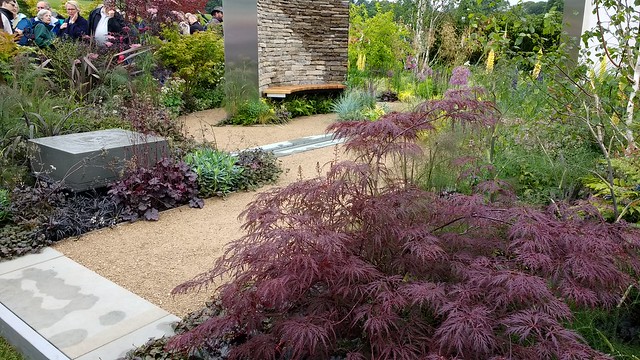
Quarries are hot right now, and although Paul Hervey-Brookes’ Quarry Garden wasn’t as startling as James Basson’s at RHS Chelsea, it felt like it had more balance and poise:
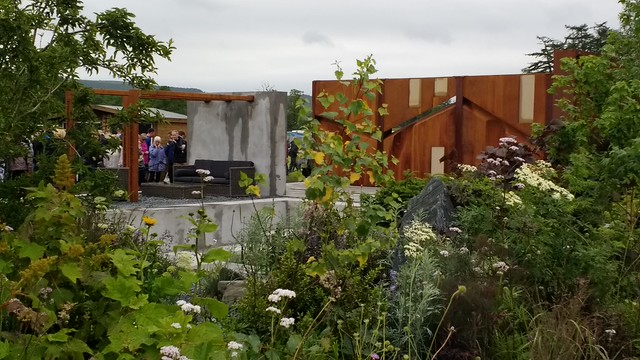

Being at a quiet end of the show, this one especially benefited from its landscape. Whereas the false perspective of the Peak District & Derbyshire Garden was somewhat spoiled by the crowds at the back making it feel like an Ames room.
This pigeon agrees:

(I swear there was at least one pigeon doing a shift there, all day.)
Its Wedgewood-stamped cows were excellent, though:
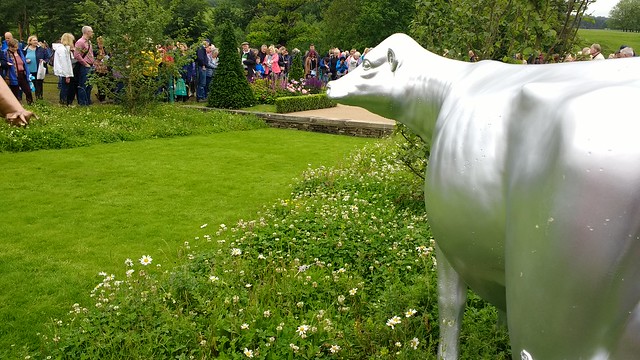
Jackie Knight’s “Just Add Water” was an exciting and inviting garden, again borrowing landscape:

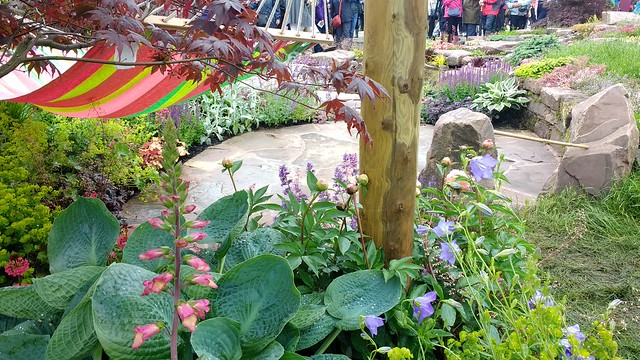
I would say, though, in places it felt a bit “gardenesque”, with rockery plants tending not to repeat, like treasured specimen purchases made by whoever’s garden this was meant to be, rather than like something naturalized. I still loved it, though, and would certainly give it house room.
Two other gardens I would’ve gladly taken home; the Belmond Enchanted Garden, with its staircase to nowhere and beech trees looking like they’d been there forever:

and Tanya Batkin’s amazing Moveable Feast, with its planters on castors including an espaliered apple:
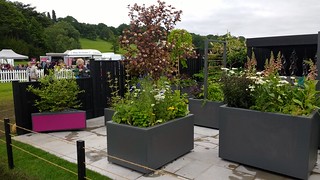
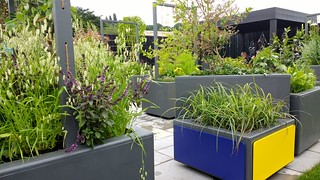
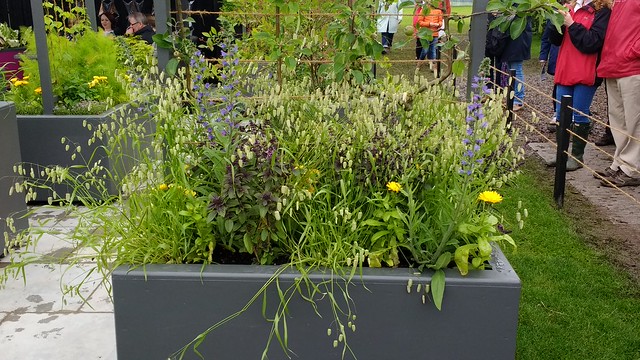
I’m sure I’ve seen a similar idea in a therapeutic garden—at a hospital or hospice?—on Gardener’s World; either way, I love it. If people can’t garden directly into the earth, big planters wheeled around is a great way to make a virtue out of the vice of paving’s imperviousness. And it turned the garden into a kind of living, transpiring Mondrian.
Art gardens
Chatsworth’s vision (which we didn’t realise until quite late, not having a map or guide: see below) is to be avant-garde, which mostly means weird artworks that were very welcome. Check out the other bloggers for some photos; there was also a massive bee:
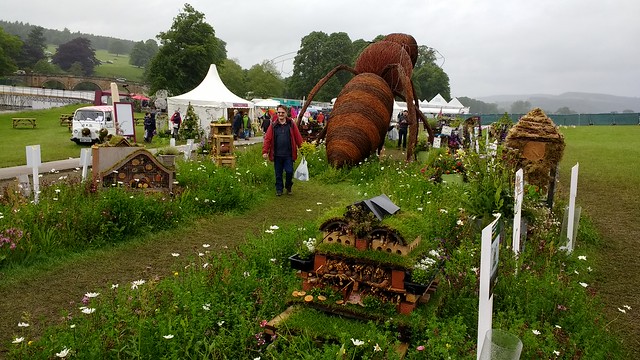
(The bee is the one on the right. Kevin is not a bee.)
For scale, here is another bee:
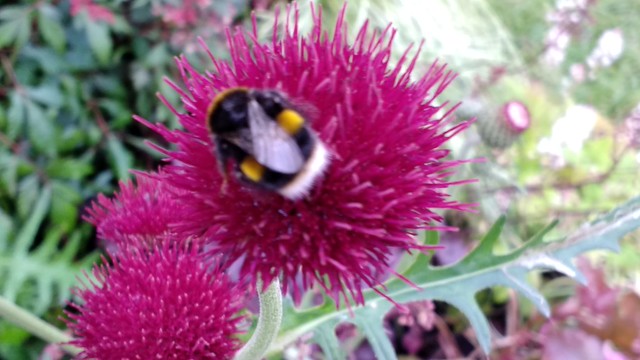
The (appallingly named but) amazing conceptual garden “The Antithesis of Sarcophagi” had time-travelled from RHS Chelsea 2016, to land on the corner of one lawn like some kind of floral TARDIS:
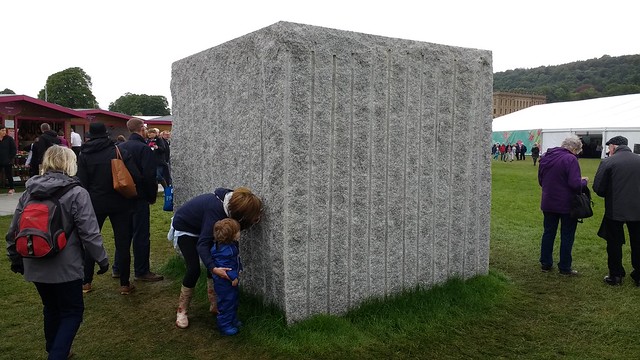
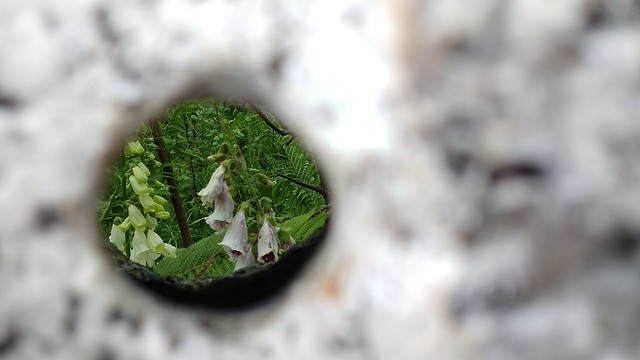
It was both as ludicrous and as enjoyable as I’d expected, and I’d love to see it pop up somewhere else in the future.
This nod to the local Derbyshire practice of “well dressing” was nicely executed and understated:

On the other side of the river, the “Make a Wish” sculpture by Fantasywire swayed impressively in the day’s windy weather:

Meanwhile, these foxes were up to no good in “Pic ‘n’ Mix”:

Other gardens
Jonathan Moseley’s Palladian Bridge, a covered walkway festooned with swags—there are no other words—of cut flowers was a joy:
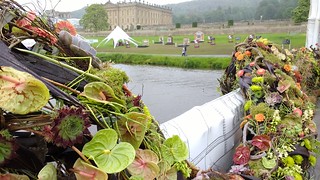
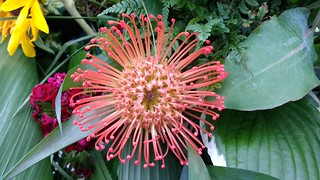


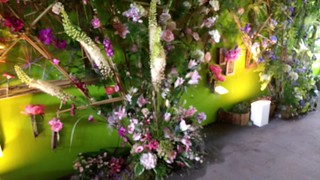

There was an inflatable reconstruction of Paxton’s “Great Stove”, the long-demolished metal-framed greenhouse at Chatsworth. At the heart of it was this sculpture of moss and epiphytic plants, misted from within by jet sprays:
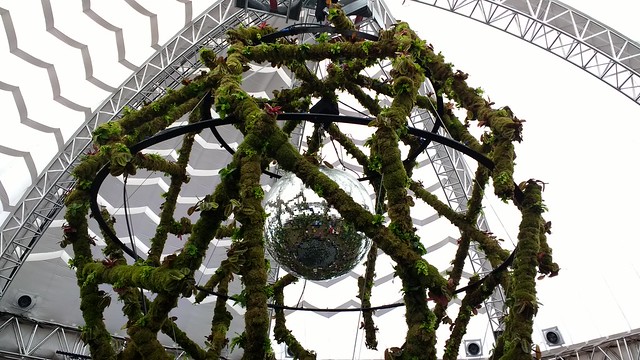
It rotated slowly, as the glitterball at its heart rotated quickly; alongside some weird pulsing electronic music, the whole effect very nearly hypnotized the Welsh Rose! There were other beds in the Great Stove of succulent and tropical plants, including an exhibition on the Cavendish banana, the clone that all of our bananas inherit from:


There was a garden about “future” adaptations to climate change, that was fairly interesting:
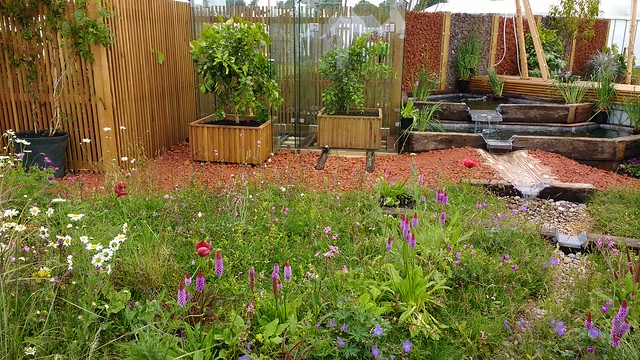
Although I often find such commodificational takes on climate change leave me cold. Apart from anything else, climate change is not a “future” thing, but is happening already: just, it’s only currently affecting poor people.
Maybe this kind of garden would’ve felt innovative ten years ago: now, it just makes me wonder “why aren’t we already doing all of this? And why is the onus on the individual gardener? Where are the schemes, the state support, the calls and lobbying for widespread, systemic change?” Which is, I think, a discussion that individualized initiatives like Greening Grey Britain are trying to avoid.
What was bad
There’s no doubt that the overall organization was a bit scrappy. You could argue that this was the first show at Chatsworth, but sometimes it felt like it was the first show the RHS had organized anywhere. Crowd control was poor; the (very rickety) pontoon bridges were pinch points that were worryingly difficult to get off (especially near the show gardens.) Maps—which, scandalously, you had to spend £5 for, as if it weren’t in the RHS’s and the exhibitors’ best interests to move people to where they wanted to go and possibly buy things—were like hen’s teeth, and after we missed one young scallywag selling them by the entrance, that was pretty much it until we demanded staff show us where on earth we could find them. We never even found the Brewin Dolphin garden, and I’m sure we missed others: their signage was poor, usually consisting of a single pillar, frequently obscured by crowds.
Accessibility was also poor: we had to push a mobility scooter out of the mud more than once, and a stallholder told us that the RHS (unaware what a rainy British riverside in June might turn into) had run out of proper bark to put down, and was instead turning the place into a mudpit with ornamental stuff. And there were far, far, far, far too few seating or rest areas: having seen the same situation at RHS Malvern last year too, I’m beginning to think it’s deliberate parsimony—keep people moving on—rather than merely bad planning. Food and rest were generally in very short supply, with many people hovering as others sat and ate their meals, and riotously long queues for the coffee stalls shortly after opening (I think only certain stalls could sell coffee, which might have been some concession limitation: again, that doesn’t help the visitor.) All of this impacts on accessibility too, as people with mobility problems need more rest and recuperation.
The transport situation has been mentioned by other bloggers, so let me make it clear that we didn’t have the transport problems others had, arriving as we did both super-early and on back roads over from Sheffield. However, it’s arguable that the RHS simply do not get (sustainable) transport. I’d love to know what contact they had e.g. with local councils, to ensure that extra bus services were put on; I’d also love to know why they decided that nine miles to the nearest train station would make for anything other than a transport mess. After all, if you’re prioritizing over-generous, under-greened space for a car:
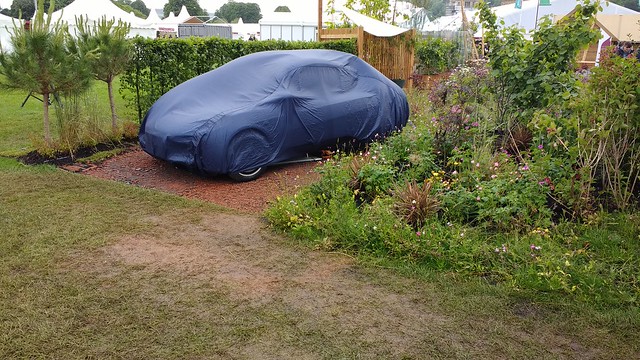
In a garden that’s meant to be about “future” adaptations to climate change, then that speaks volumes about how you view the present and future priorities of transport.
Next year?
I dare say RHS Chatsworth 2018 will learn from some of its mistakes this year. Crowd control will hopefully be better, especially around the bridges. They’ll hopefully have a bigger stock of heavy-duty bark chips (or maybe put proper flooring down in the floral marquees and on high-traffic areas, not just designated paths.)
Whether they’ll improve their signage, their seating availability, or their non-private transport options remains to be seen: I’ve queued as part of the traffic problem for an RHS Wisley free-entry day; I’ve queued as part of the traffic problem for an RHS Malvern spring show; those who queued as part of the traffic problem for RHS Chatsworth would probably consider it unlikely the RHS are going to suddenly have an epiphany about the proactive part they themselves could play in ameliorating future traffic problems.
Personally, I’m really glad I went this one time, and I would’ve regretted it if I hadn’t gone, so I’m especially grateful to Kevin & Julieanne for my birthday present! But I think in future I’m going to prioritize garden visits over shows like RHS Chatsworth. Shows are starting to feel too much like hard work, whereas a garden visit could combine with a rare plant fair, and get the best of both worlds.

